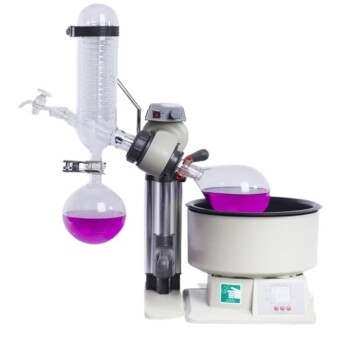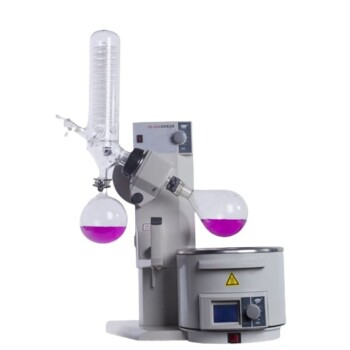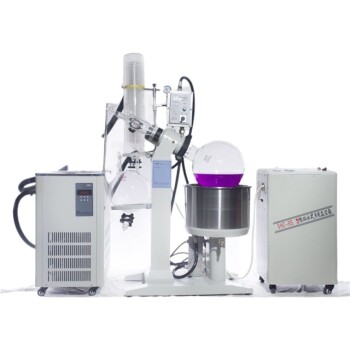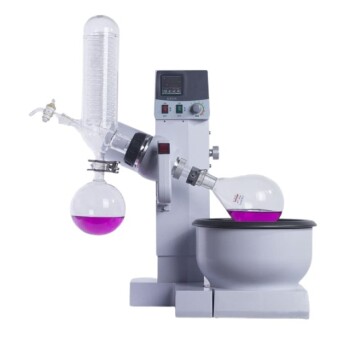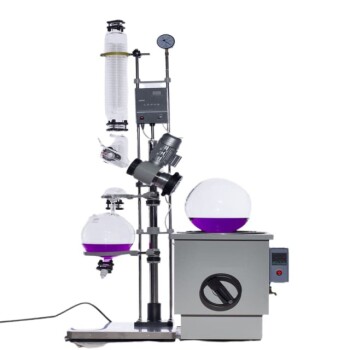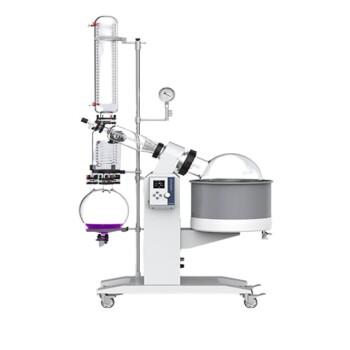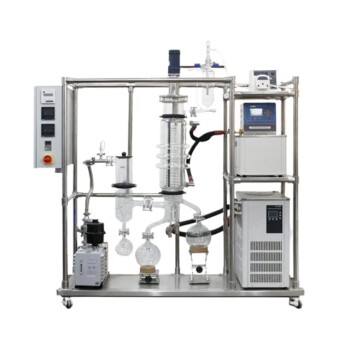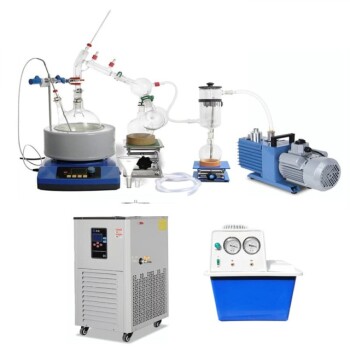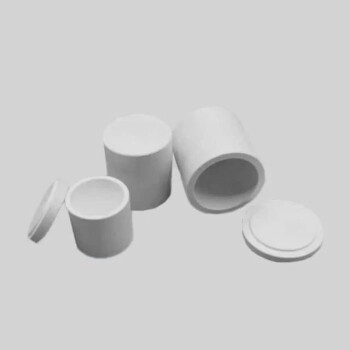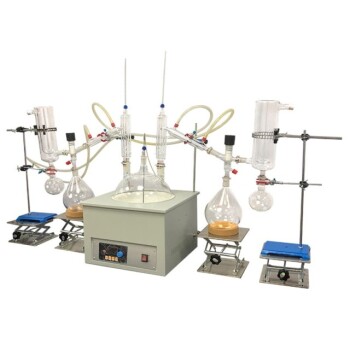A rotary evaporator, commonly referred to as a rotovap, is a specialized laboratory instrument designed for the efficient and gentle removal of solvents from samples. Its primary purpose is to facilitate the separation of solvents from mixtures, particularly in scenarios where thermal decomposition of sensitive compounds is a concern. By operating under reduced pressure, the rotovap allows solvents to evaporate at lower temperatures, preserving the integrity of the sample. This device is widely used in organic and natural product laboratories due to its speed, efficiency, and ability to handle large volumes (up to 3 liters). It is particularly valuable in processes requiring the removal of low-boiling solvents from solid compounds or reaction mixtures.
Key Points Explained:

-
Purpose of a Rotovap:
- The primary purpose of a rotary evaporator is to remove solvents from samples through evaporation. This is especially useful in scenarios where the solvent needs to be separated from a mixture of chemical compounds without damaging the sample.
- It is widely used in organic, natural product, and manufacturing laboratories due to its efficiency and ability to handle sensitive materials.
-
How It Works:
- A rotovap operates by reducing the pressure inside the system, which lowers the boiling point of the solvent. This allows the solvent to evaporate at a lower temperature, minimizing the risk of thermal decomposition.
- The sample is placed in a rotating flask, which increases the surface area for evaporation and ensures uniform heating.
-
Key Features and Benefits:
- Efficiency: The rotovap can quickly remove solvents, making it a time-saving tool in laboratory settings.
- Gentle Evaporation: By operating under reduced pressure, it prevents overheating and degradation of heat-sensitive compounds.
- Versatility: It can accommodate a wide range of sample volumes, from small-scale experiments to larger batches (up to 3 liters).
- Solvent Recovery: The evaporated solvent can be collected and reused, reducing waste and costs.
-
Common Applications:
- Organic Chemistry: Used to isolate and purify compounds by removing solvents from reaction mixtures.
- Natural Product Extraction: Employed in the extraction of essential oils, plant compounds, and other natural products.
- Pharmaceutical Manufacturing: Utilized for solvent removal in drug synthesis and purification processes.
- Environmental Testing: Applied in the concentration of samples for analysis, such as in water or soil testing.
-
Advantages Over Traditional Methods:
- Compared to simple distillation or heating methods, a rotovap offers faster evaporation rates and better control over temperature and pressure.
- It minimizes the risk of sample degradation, making it ideal for delicate or thermally unstable compounds.
-
Considerations for Purchasers:
- When selecting a rotovap, consider factors such as:
- Capacity: Choose a model that matches the volume of samples you typically work with.
- Material Compatibility: Ensure the device is compatible with the solvents and compounds you plan to use.
- Ease of Use: Look for features like digital controls, automatic lifting, and safety mechanisms.
- Maintenance and Durability: Opt for a model with easy-to-clean components and robust construction for long-term use.
- When selecting a rotovap, consider factors such as:
In summary, a rotary evaporator is an indispensable tool in modern laboratories, offering a reliable and efficient method for solvent removal. Its gentle operation and versatility make it suitable for a wide range of applications, from organic synthesis to natural product extraction. For purchasers, understanding the specific needs of their laboratory and selecting a rotovap with the right features is crucial for maximizing its utility and ensuring optimal performance.
Summary Table:
| Aspect | Details |
|---|---|
| Purpose | Removes solvents from samples, preserving sensitive compounds. |
| How It Works | Operates under reduced pressure to evaporate solvents at lower temperatures. |
| Key Benefits | Efficiency, gentle evaporation, versatility, and solvent recovery. |
| Applications | Organic chemistry, natural product extraction, pharmaceuticals, and more. |
| Advantages | Faster evaporation, better temperature control, minimal sample degradation. |
| Purchasing Tips | Consider capacity, material compatibility, ease of use, and durability. |
Ready to enhance your lab's efficiency? Contact us today to find the perfect rotary evaporator for your needs!
